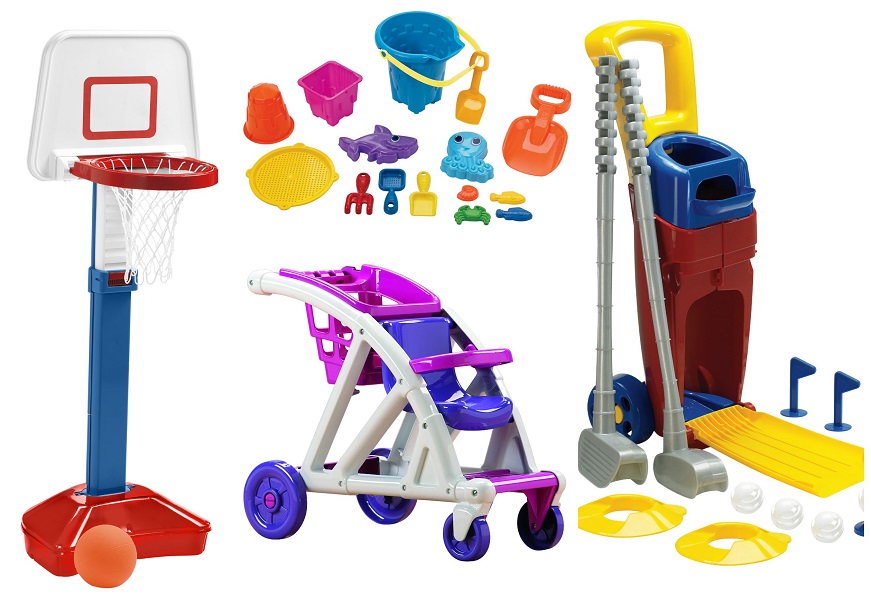
The impact of plastic molds on toy products is mainly reflected in four aspects: safety, quality, production efficiency, and design freedom:
1. Security
Mold design directly affects the edge treatment and surface safety of toys. For example, using rounded corners (R angle ≥ 2mm) can avoid the risk of scratches, while strictly following EN71 (EU Toy Safety Standard) and GB6675 (China Toy Safety Standard) in mold design can ensure the use of no flying edges, non-toxic materials, and meet drop testing requirements.
2. Quality and durability
The precision of the mold directly affects the dimensional tolerance of the product. High precision molds (error ≤ 0.02mm) can ensure the stability of the toy structure and avoid deformation or assembly problems. For example, optimizing the cooling water circuit design can shorten the cooling time by 30% and reduce issues such as shrinkage and warping. In addition, multi cavity mold design (such as 16 cavity hot runner mold) increases daily production capacity by 40% through CAE simulation of filling time differences.
3. Production efficiency
The injection molding cycle can be as short as 30 seconds, and with the help of automated production lines, the daily production capacity can reach tens of thousands of pieces. For example, the deformation toy is controlled within 0.2mm through a combination of slider and inclined top demolding system, while achieving efficient production.
4. Design freedom
Molds can achieve complex surfaces, hollow structures, and integrated molding of multiple components. For example, cartoon image details can be accurately restored through laser etching technology, while multi cavity mold design supports rapid mass production of personalized IP images.
 The impact of plastic molds on toy products is mainly reflected in four aspects: safety, quality, production efficiency, and design freedom:
The impact of plastic molds on toy products is mainly reflected in four aspects: safety, quality, production efficiency, and design freedom: